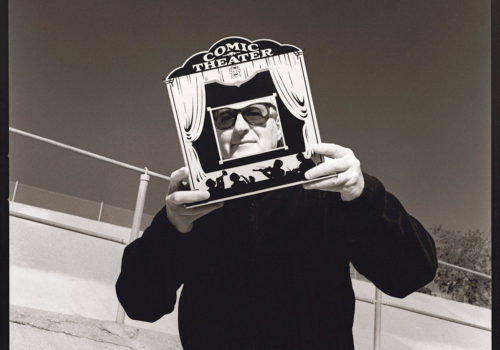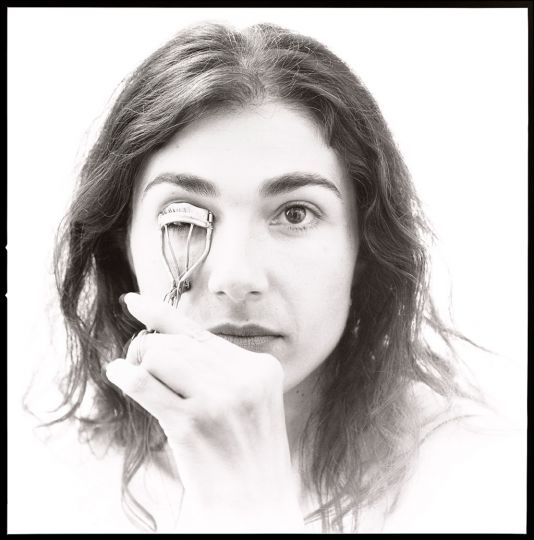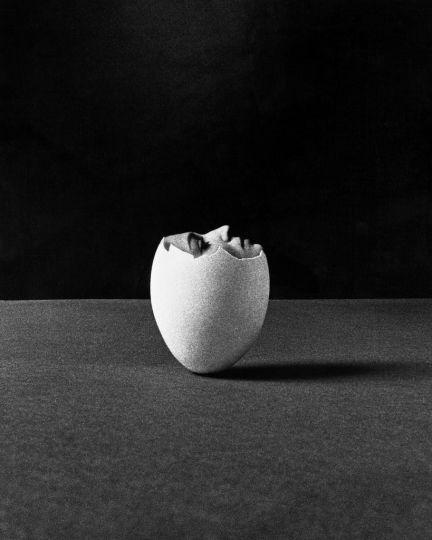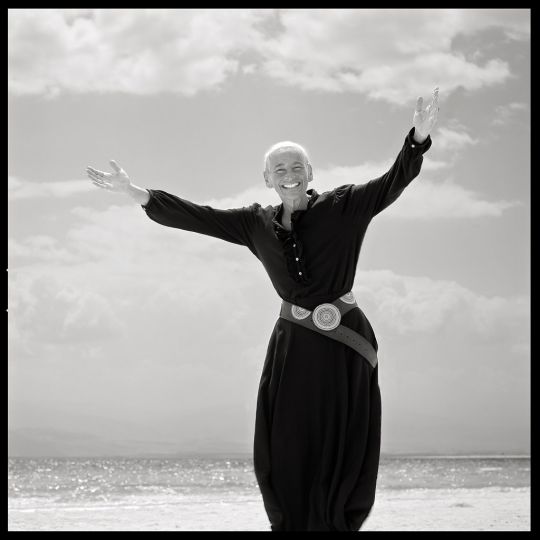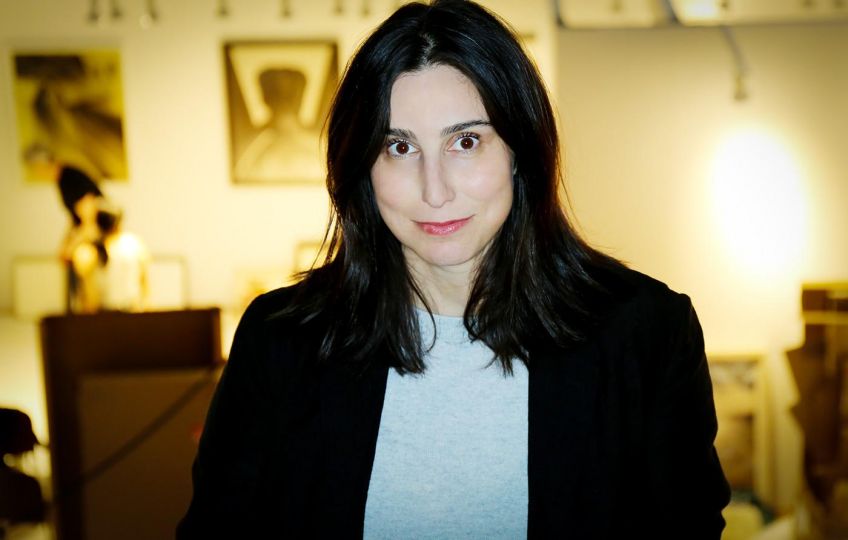When Jews entered Modernity, they did so with a camera. American photographers of Jewish ancestry have been the witnesses to the icons and iconic events of American and world history since the dawn of photography.
Through my entire career, I have been physically and intellectually surrounded by Jews who make photographs. What could bearing Jewish ancestral roots possibly have to do with the skills involved in being a photographer? Why have so many Jews made so many iconic photographs throughout the history of American photography? Since entering Modernity, how has the camera satisfied the needs of exiled Jewish artists, finding themselves on the edge of yet another host culture? Might the camera enhance their ability to succeed in a new environment, wherever in the world that may be be? And like ancestral resemblance, if succeeding generations look like their ancestors, might they not act like them too? — Penny Wolin
Arthur Tress
“We work within the corners and the cracks; we slide in between.”
It’s not just the religious experience of Jews; it’s the cultural. On both sides of my family we were only one generation, 50 years removed from a ghetto in some little shtetl of Eastern Europe. That alienation was bred into the bone as a Jewish artist. I identify with Jewish writers like Franz Kafka because of this sense of alienation. My early photographs from age 16 are very dark and dream-like. There were these labyrinth-like, damp shafts of light illuminating the children in the back alleyways and abandoned amusement parks of Coney Island and Brighton Beach, where I grew up. Though the ghetto mentality is now used as a pejorative, there was also a very rich culture. It’s a medieval world of demons and angels.
“That alienation was bred into the bone as a Jewish artist.”
Jews have had to survive by their wits, being adaptable and yet still retaining their own identity. We work within the corners and the cracks; we slide in between. This acuity of response and perception is a very photographic instinct.
The meaning of art does not rest in itself but as a metaphorical teaching experience. That’s where art hooks into the Jewish use of books and sharing knowledge. At synagogues or yeshivas there is a respect for knowledge that is conveyed through books. I collect books and I love to make books. I call them parables or aphorisms, which is the way certain concepts of Judaism are taught.
Because Jews couldn’t be in certain kinds of businesses, they put an emphasis on having a child who was a genius. It seems laughable, but it was actually part of the culture. It’s the way Jews entered gentile society: to be bright and professional and to have a little bit of that edge.
BOOK
Descendants of Light: American Photographers of Jewish Ancestry by Penny Wolin
Hardcover, 10×14 inches, 244 pages, 235 duo-tone and color photographic illustrations with text.
Glossary, bibliography, index; made in USA.
ISBN: 978-0-9676357-2-9
Released in 2015
http://DescendantsOfLight.com
[email protected]
https://en.wikipedia.org/wiki/Penny_Wolin
LECTURE SCHEDULE
The Image Flow – Mill Valley, CA – April 20, 7:00pm
92nd St Y, Manhattan, May 3, 7:00pm (In conversation with Jill Freedman and Ed Kashi)
Syracuse University, May 11, 7:00pm (S.I. Newhouse School of Public Communications)
George Eastman Museum – Rochester, New York – May 12, 7:00pm

